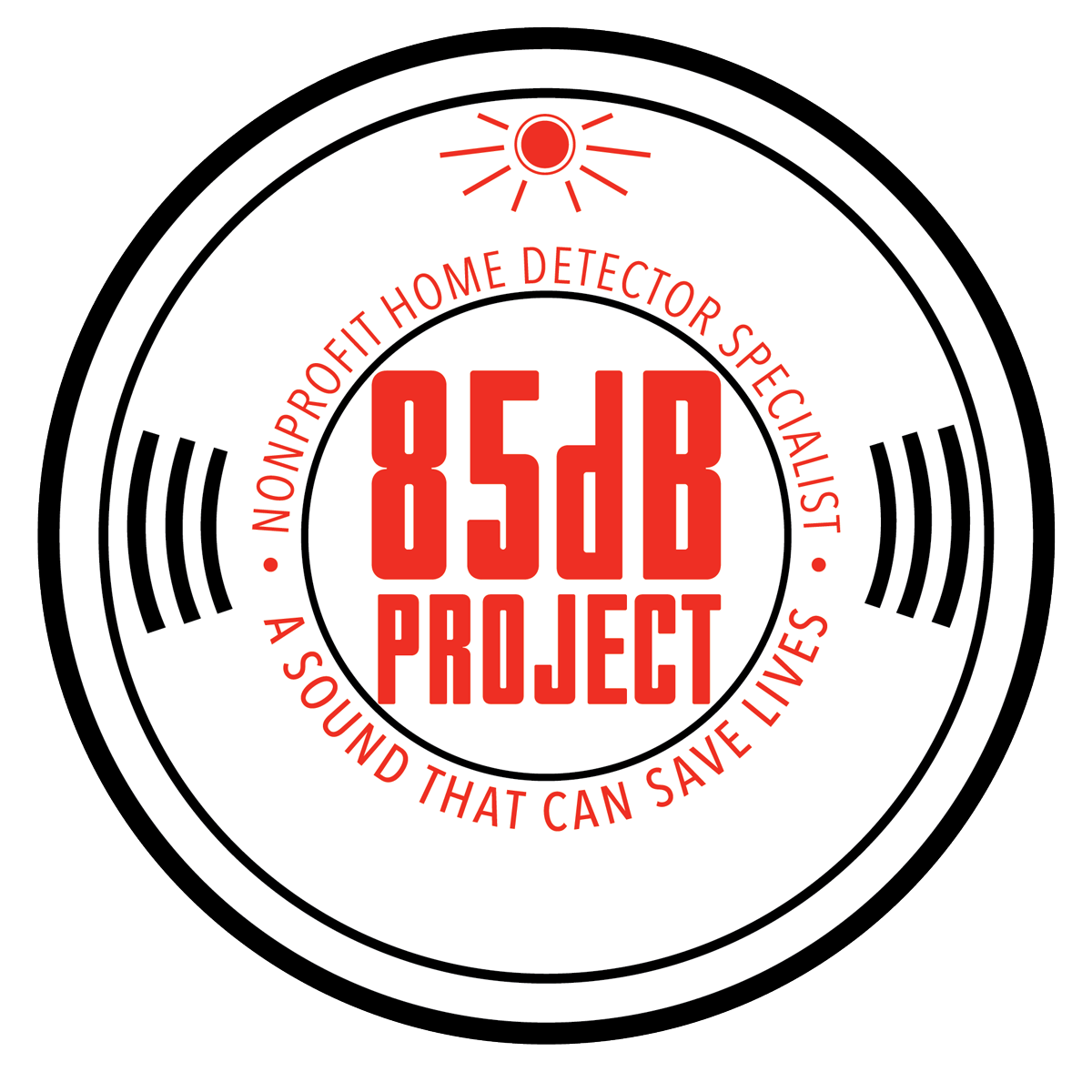The landscape of fire safety has evolved significantly over the years, with technological advancements playing a pivotal role in enhancing the effectiveness of preventive measures. Among these advancements, the integration of smoke detectors with broader building safety systems stands out as a transformative development. This integration not only amplifies the capabilities of individual smoke detectors but also contributes to a more synchronized and efficient response to fire emergencies.
Enhanced Coordination for Swift Response: One of the primary benefits of integrating smoke detectors with building safety systems is the enhanced coordination among various safety components. When a smoke detector is triggered, the integration allows for seamless communication with other safety systems, such as sprinklers and emergency lighting. This synchronized response ensures a swifter and more effective reaction to the evolving emergency, potentially containing the situation before it escalates.
Comprehensive Safety Infrastructure: The integration of smoke detectors into broader safety systems contributes to the creation of a comprehensive safety infrastructure within a building. This interconnected network not only includes detectors but also incorporates other critical elements like fire alarm panels, emergency exits, and communication systems. The synergy of these components creates a robust safety net that can significantly reduce response times and enhance overall building safety.
Automatic Triggering of Safety Measures: In the event of a fire, every second counts. Integrated systems enable the automatic triggering of safety measures, such as the activation of sprinklers and the illumination of emergency exit routes. This automation minimizes the reliance on human intervention, providing a faster and more reliable response to fire incidents.
Data Collection and Analysis: Integration allows for the collection and analysis of data from various safety components. This data-driven approach enables building managers and emergency responders to gain insights into the patterns and trends of fire incidents. Such information can be invaluable for refining safety protocols, improving the placement of detectors, and optimizing the overall safety infrastructure of a building.
Scalability and Flexibility: Integrated systems are designed with scalability and flexibility in mind. As buildings evolve or undergo renovations, the integrated safety infrastructure can be adapted to accommodate changes. This adaptability ensures that the safety system remains effective and relevant over time, adapting to the dynamic nature of buildings and their usage.
In conclusion, the integration of smoke detectors with building safety systems represents a paradigm shift in fire safety. The synergy among different safety components creates a holistic and responsive safety infrastructure, capable of mitigating the impact of fire emergencies. As technology continues to advance, the integration of these systems will likely play an increasingly vital role in safeguarding lives and property from the devastating effects of fires.


